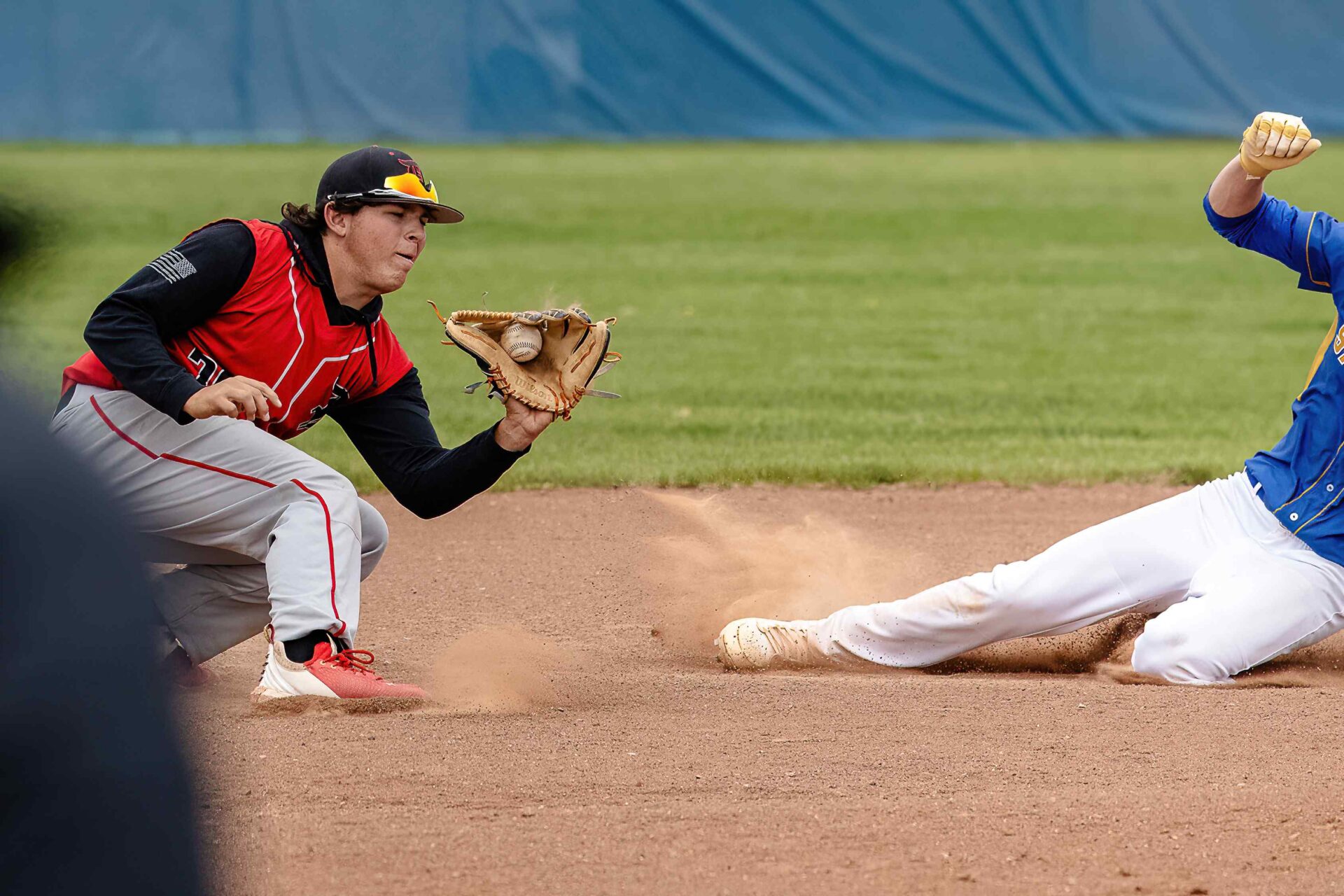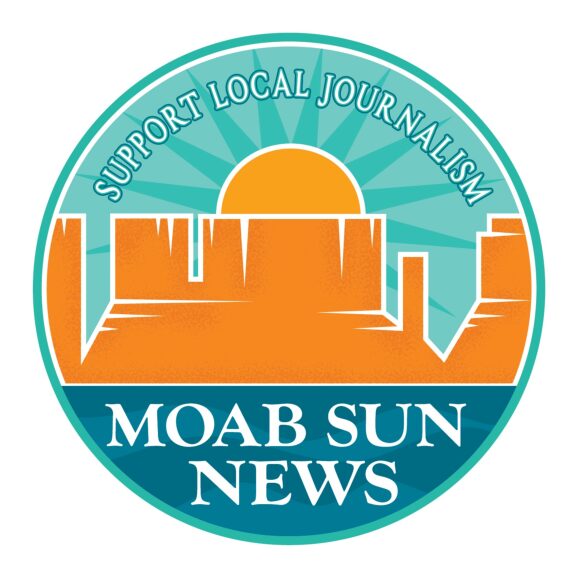“Moab History 101: For Guides” will teach guides about local history
This article has been updated.
If you’ve ever heard that Castleton Tower is called Gummy Bear Rock, you’ve likely heard it on the river—from the vantage point of a raft on the upper stretch of the Daily, Castleton does take on the appearance of a gummy bear. The name isn’t official, but has taken on the status of a river legend.
“That’s one of my biggest pet peeves, is when guides make stuff up,” said Blaine Reniger, a guide with Navtec Expeditions, historian, and host of the KZMU radio show, The History Hour. “But I think they do that just because they’re not educated about our region.”

The History Hour logo.
To Reniger, the truth is infinitely more fascinating than fiction. That’s why Reniger partnered with Mary Langworthy, programs director at the Moab Museum, to create a program designed specifically for guides: the result, called Moab History 101: For Guides, provides an overview of the natural and cultural history of the region.
“Relaying that there’s a really long human history in this region is important to disrupting the narrative of the one-dimensional history you read in a textbook in high school,” Langworthy said. “There’s a much more nuanced, diverse, and fascinating story here.”
Moab sees three to four million visitors each year, many of whom choose to see the area through guide companies. Langworthy said this program could educate the guides, who live and work in the area for a season—and through them, also educate visitors. There’s already been a huge interest in better-informing guides, Langworthy said—many guides have reached out to the museum already to learn more. But now, they can partake in an official program.
“We’ve seen an uptick in vandalism of cultural sites, and equipping guides to be able to talk about petroglyphs in terms of not just names and dates, but as living, critically important places for cultural connection, we can help promote stewardship,” she said.
“This region is very special, and the history is very rich,” Reniger said. “Whenever I’m out guiding people, and I get to relate history with them, get to teach them history through taking them to petroglyphs and ruins and old cowboy cabins, it really connects them with the past and with the land.”
People get “really jazzed up” about learning the true history of the region, he said. His passion for history stems from a want to keep history alive: both guides and visitors can benefit from learning about and connecting to this place.
The program is two-and-a-half hours, with a tour of the Moab Museum and a history introduction that includes information on Indigenous communities past and present, exploration by Euro-Americans, ranching and agriculture, the tourism economy, and the National Parks.
From there, Museum staff and Reniger will dig into whatever history the company’s guides have requested by creating a customized history lesson with Museum staff.
“And if there are things that are on the edge of our staff members’ expertise, we’ll bring in guest volunteers from our network,” Langworthy said. The program will end by introducing guides to resources like the Museum’s collection and the Grand County Public Library.
Guides often pivot to jokes because they want people to have a good time, Reniger said. But visitors can still have fun on a trip while learning true history, he said: he’s found that when it’s time to convey history, people listen very intently, and they always enjoy learning the information.
“Our region is very sacred,” Reniger said. “Whenever guides make stuff up on a tour, they’re not doing this place justice—I really feel in my heart that when you have accurate information, especially when you’re at a petroglyph panel or an archaeological site, these places that are still considered very sacred today by Indigenous people, people can really form a connection with it.”
To sign up for Moab History 101: For Guides, contact Mary Langworthy at mary@moabmuseum.org.




